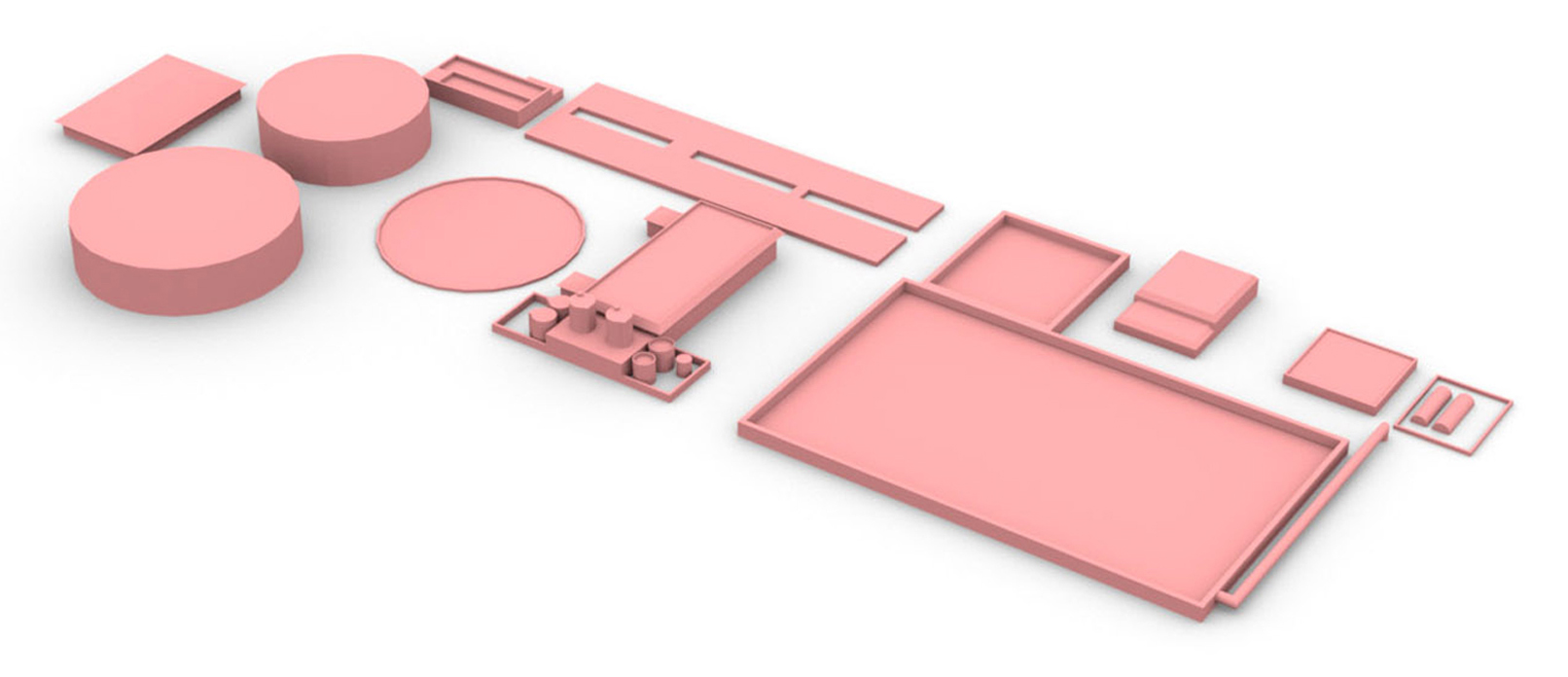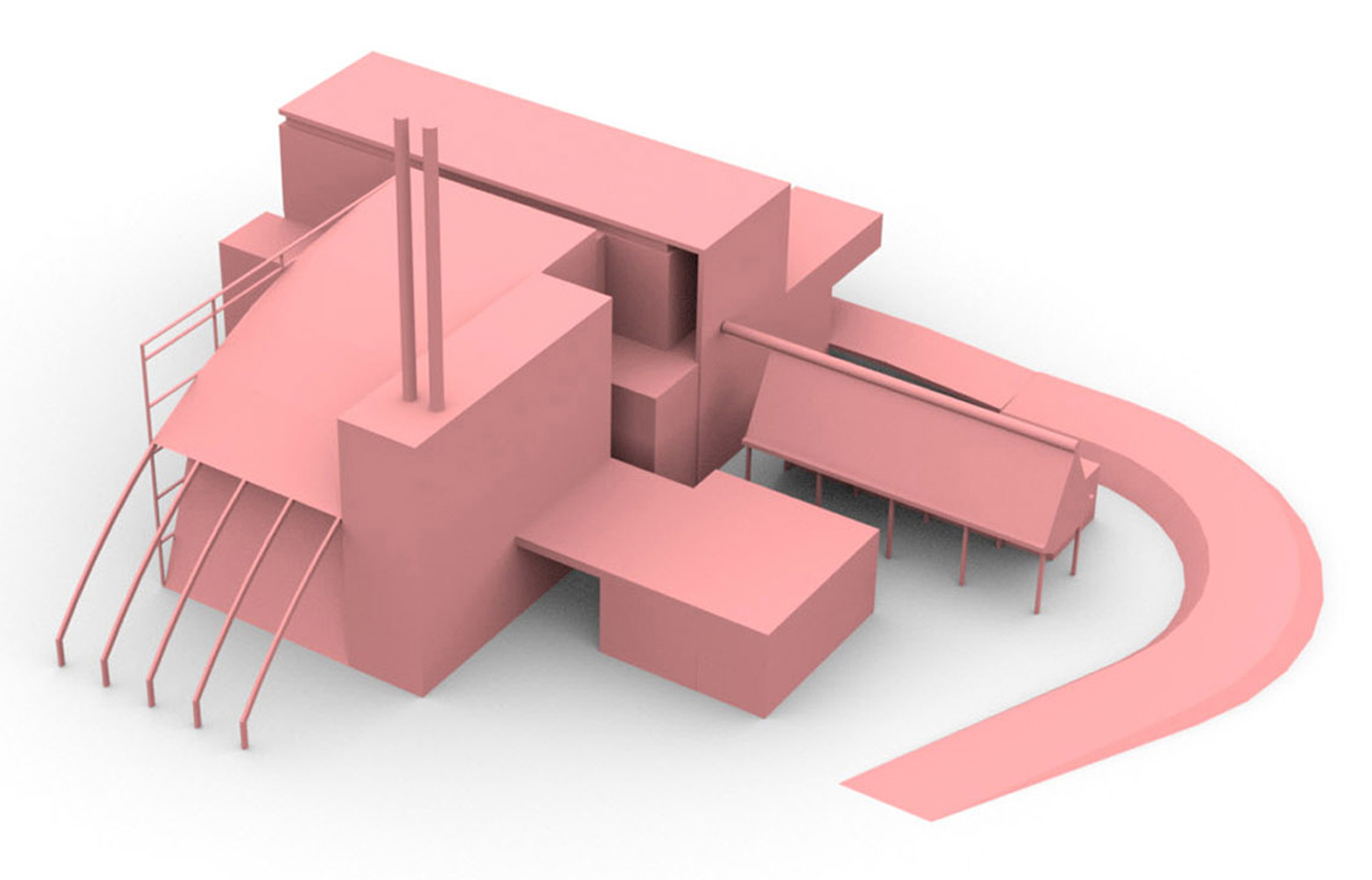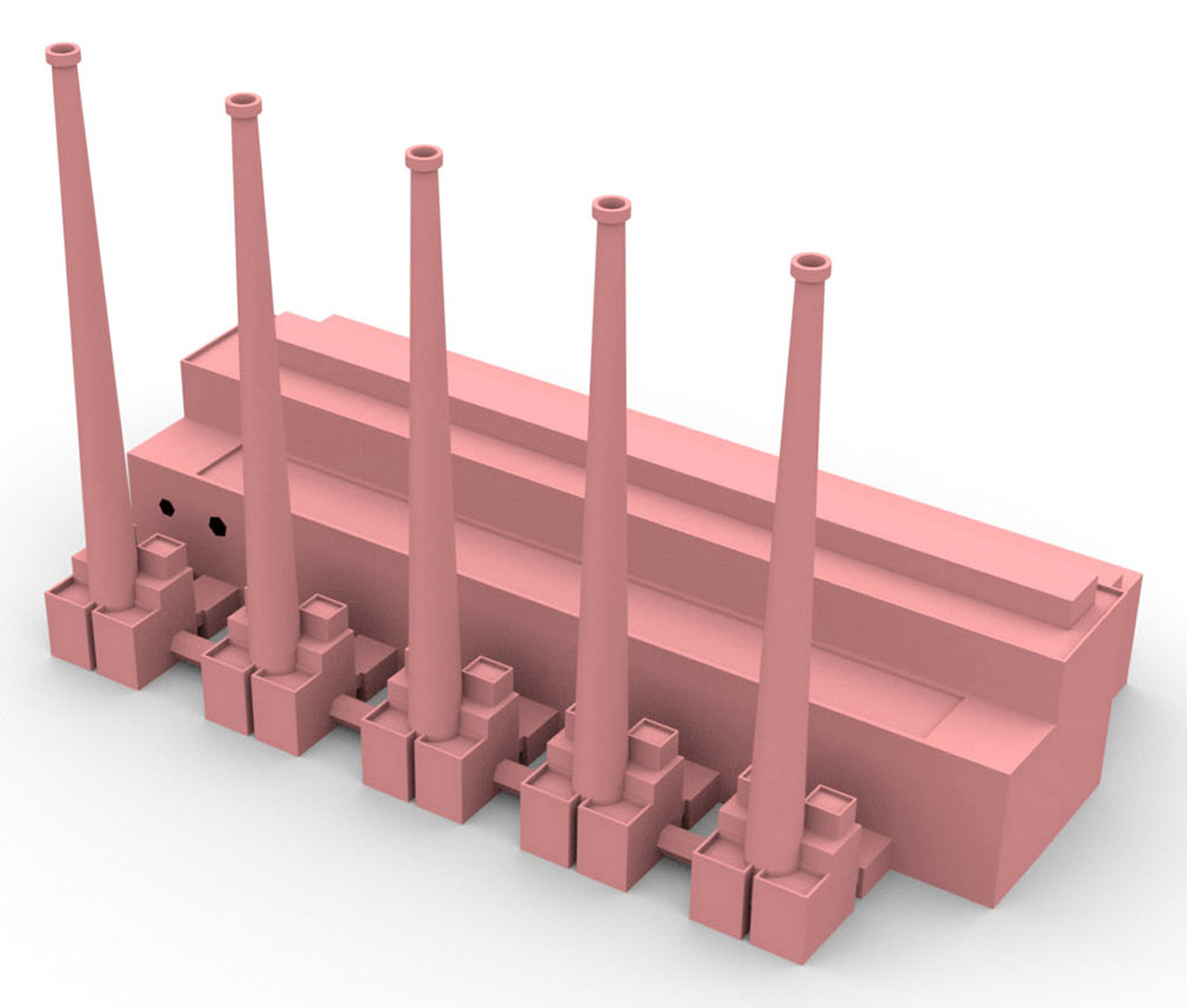Utilities
Utilities are urban objects that form critical infrastructures, needed for maintaining the essential support for sustaining the standard of living.
Contents
Description
Utilities in an urban context are formed by facilities for:
| Utility type | Description | Icon |
|---|---|---|
| Water | Utilities providing essential drinking water services to the different land uses within the urban environment, including residential, commercial, and industrial sectors. Such utilities and the associated infrastructure are often owned and managed by the state, with day-to-day maintenance coordinated by the local authority or muncipality. |  |
| Waste | Utilities to facilitate the treatment of wastewater and sewage from residential, commercial and other premises throughout the urban environment and surrounding hinterland (more rural locations may have individual domestic systems). Such utilities are often highly sensitive to the environment and must be carefully planned and designed. |  |
| Energy | Electricity, fuel and gas utilities that generate, transmit and/or distribute to all urban objects. Energy provision is an essential requirement for a functioning society and economy. |  |
As can be seen from the table above, within Urban Securipedia, the utilities that are focussed on are water![]() , waste
, waste![]() and energy utilities
and energy utilities![]() , while transportation networks
, while transportation networks ![]() are described under a unique category of urban object. Urban Securipedia also has dedicated pages on public health and government services (see:
are described under a unique category of urban object. Urban Securipedia also has dedicated pages on public health and government services (see: ![]() )
)
Functions
Social
Failure of utility-related infrastructure can result in severe social and cultural consequences:
- Types of impact of critical infrastructure failure on citizens and society as well as needs to protect it
- Societal aspects of failure of critical services
Urban planning practice must therefore incorporate appropriate security measures for vulnerability identification and resilience enhancement, including from the societal point of view. Vulnerability assessment should take place based on different sets of indicators, from physical to social, and across several levels of reference, from individual to cultural community.
For example, citizens' felt risks to urban infrastructure and their need to protect can be influenced by the ownership structure (public vs. private owners; domestic/foreign owners).[1] This is an aspect of general types of impact of critical infrastructure failure on citizens and society and needs to protect it. Moreover, utilities can also be associated with citizens' perception of individual dependence, which can increase their perception of risks to related infra-structure and needs to protect it.[2]
Therefore, related risk assessment for urban planning should identify related levels of risk perception at the level of the citizens as the end-users of urban utilities. VITRUV identified a set of practical methods for such citizen participation.
Economic
Since most of the utility services (e.g. water, waste, energy) are essential for the quality of life, they are integral to household, commercial and industrial productivity, and hence the creation of welfare. Utilities create direct economic impact as a result of the production of utility goods, but also have an direct and indirect impact on the urban environment in terms of land use, habitat fragmentation, noise and smell generation, air pollution, a change in the quality of surface water, etc. These effects have also economic impacts.
Utilities have to deal with several security issues, ranging from theft, vandalism, assaults, and the looming threat of terrorism. Especially large scale criminal and terrorist threats can cause catastrophic economic damage since so many individuals and companies depend on it. Most utility infrastructure, however, is many years old, and is not built with today’s security in mind. Hence, if there is one type of urban object that can use serious security measures, it is utilities, and due to the integral role with economic productivity in the urban environment, these security measures have a large indirect economic impact, the so-called economic impact of security threats. In addition, due to the need of space, utilities are in many cases located in the more remote areas of a city, creating specific security issues.
Mobility
Most utilities are located in remote areas. The peripheral location of many utilities will often dictate their mobility requirements; most visitors will come by car as people may not have the same public transport mode availability of employees working in more central or well served locations, which may generate a significant amount of congestion. Congestion may cause a higher safety and security risk, as explained here.
Some utilities will require accessibility of heavy duty vehicles and transport of hazardous goods. Transportation of hazardous goods causes particular security risks, since hazardous goods can harm people (by definition) if they are released. Hazardous goods are for example radioactive, flammable, explosive, or toxic. "HazMat teams" are personnel specially trained to handle dangerous goods [1]. There are several sets of regulations covering aspects of the transport of hazardous substances [3].
Safety
Some utilities contribute directly to the safety, welfare and well-being of people. In this case, the object is said to belong to the critical infrastructure. For all of included utility types water![]() , waste
, waste![]() and energy utilities
and energy utilities![]() this is true. Disruption of these services can result in unsafe situations, such as drinking contaminated water, unsanitary conditions or no protection from the cold because heater do not work without electricity.
this is true. Disruption of these services can result in unsafe situations, such as drinking contaminated water, unsanitary conditions or no protection from the cold because heater do not work without electricity.
Security issues
Security issues associated with utilities, are amongst others related with the fact that it can be an attractive object for fanatics. This is due to the potential of critical infrastructure to magnify the effect of an attack. This makes these kinds of urban objects vulnerable for the following security issues:
See if the below is surplus of requirments
- Public utilities have long been recognised as being vulnerable to acts of terrorism and sabotage. Security and safety features are thus routinely incorporated in the design of construction and enhancement projects. This can include components such as: perimeter fencing, interior and exterior lighting, channelizing ingress and egress access points, fire suppression equipment, chemical leak detectors, smoke detectors, intrusion alarms, turbidity, chemical dosimeters, real time monitoring of systems and functions, and other process variables. However traditional security mechanisms may no longer be sufficient to protect utilities from the modern threats of today.
- Threats to be considered in the planning processes to protect our utilities/critical infrastructure should include cyber attacks, chemical contamination, biological contamination, physical destruction, and devolution of organizational functions/operational capacity.[4]
Measures
The measures for each type of security issue can be found on the respective pages. There are few measures they are specifically suited or unsuited to this kind of urban object, but some general considerations can be mentioned:
As utilities are closed areas, the flows in and out the area can be strictly controlled if needed.
- Ownership is required for the public to be aware to enter private space and know to act accordingly.
- Access control is closely related to ownership and one of the most rudimentary measures as it ensures the possibility to determine who does and who does not get access to the premise. It is usually enforced by having a dynamic gate (for vehicles, pedestrians, bicyclists, etc.) with a guard at hand or electronically present.
- Screening is a measure that can be employed supporting access control. By screening your visitors, a more rigid access control can be enforced.
- Directing traffic flows can be employed to ensure only the expected kind of traffic enters via the entrances. Examples of directing traffic flows for industry locations are fences around the premises, creating separate routes for visitors and delivery, creating separate entrances for trusted visitors, personnel and deliveries or creating low passages to separate passenger cars from trucks.
- Target hardening can greatly increase the effort needed for criminals to enter the object and thereby reduce the attractiveness of an object. Target hardening is especially effective in combination with detection measures, such as alarms or surveillance and intervention force. The object of target hardening is to delay the crime long enough to be detected and intervened upon by a intervention force. A target which - in the perception of the criminal - is hardened to a level that entry is not likely before detection and intervention, is not attractive.
- Surveillance can be effective against security issues, but can incur high costs if implemented as dedicated observers, either on location or remote. A more natural form of surveillance is surveillance by the inhabitants (also known as 'natural surveillance'), provided that the commercial area is inhabited and the inhabitants have a good surveillability.
- Intervention force is needed to make detection measures, such as alarms or surveillance effective.
For an optimal security policy all aspects of security should be coherently considered in the security strategy. This means that physical/procedural/organisational security measures should be coordinated with cyber/information security and personnel security. If this coordination is not assured, security gaps and overlaps can occur in the security regime, both of which can be detrimental to the level of security.
Footnotes and references
- ↑ Cf. Coppola, D.P.: Introduction to International Disaster Management. Oxford: Butterworth-Heinemann, 2007, pp. 164-166.
- ↑ Cf. Slovic, P./Fischhoff, B./Lichtenstein, S.: Facts and Fears: Societal Perception of Risk. In: Monroe, K.B./Abor, A. (eds.): Advances in Consumer Research, Vol. 8 (1981), pp. 497-502. Retrieved from: http://www.acrwebsite.org/volumes/display.asp?id=5844.
- ↑ http://www.st-andrews.ac.uk/staff/policy/healthandsafety/publications/transportofhazardoussubstancesguidance/
- ↑ ‘NATIONAL SECURITY AND HOMELAND SECURITY - PROTECTING UTILITIES’ [Internet] Available at: http://www.firestorm.com/Blog/national-security-and-homeland-security-protecting-utilities.html Accessed 14/3/13